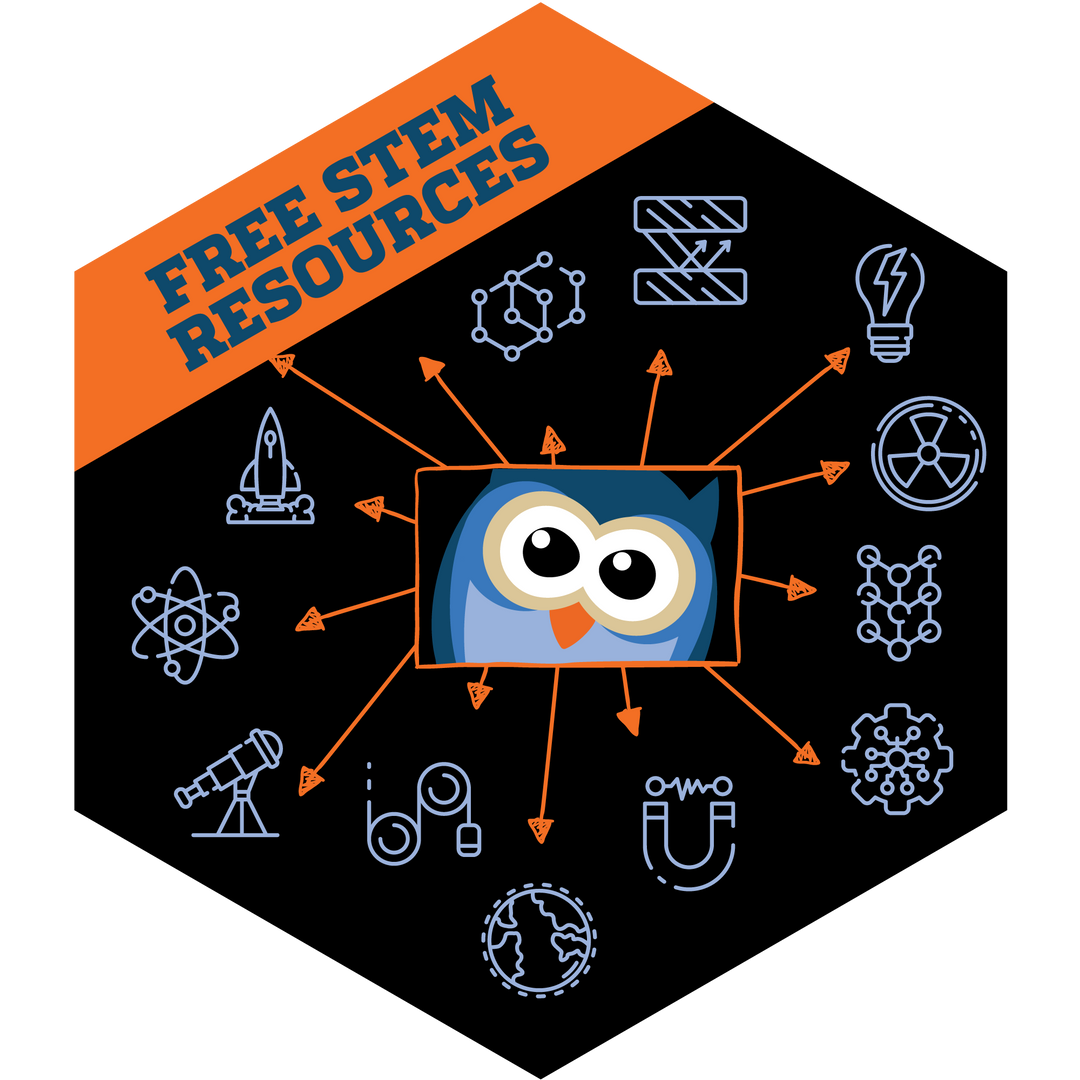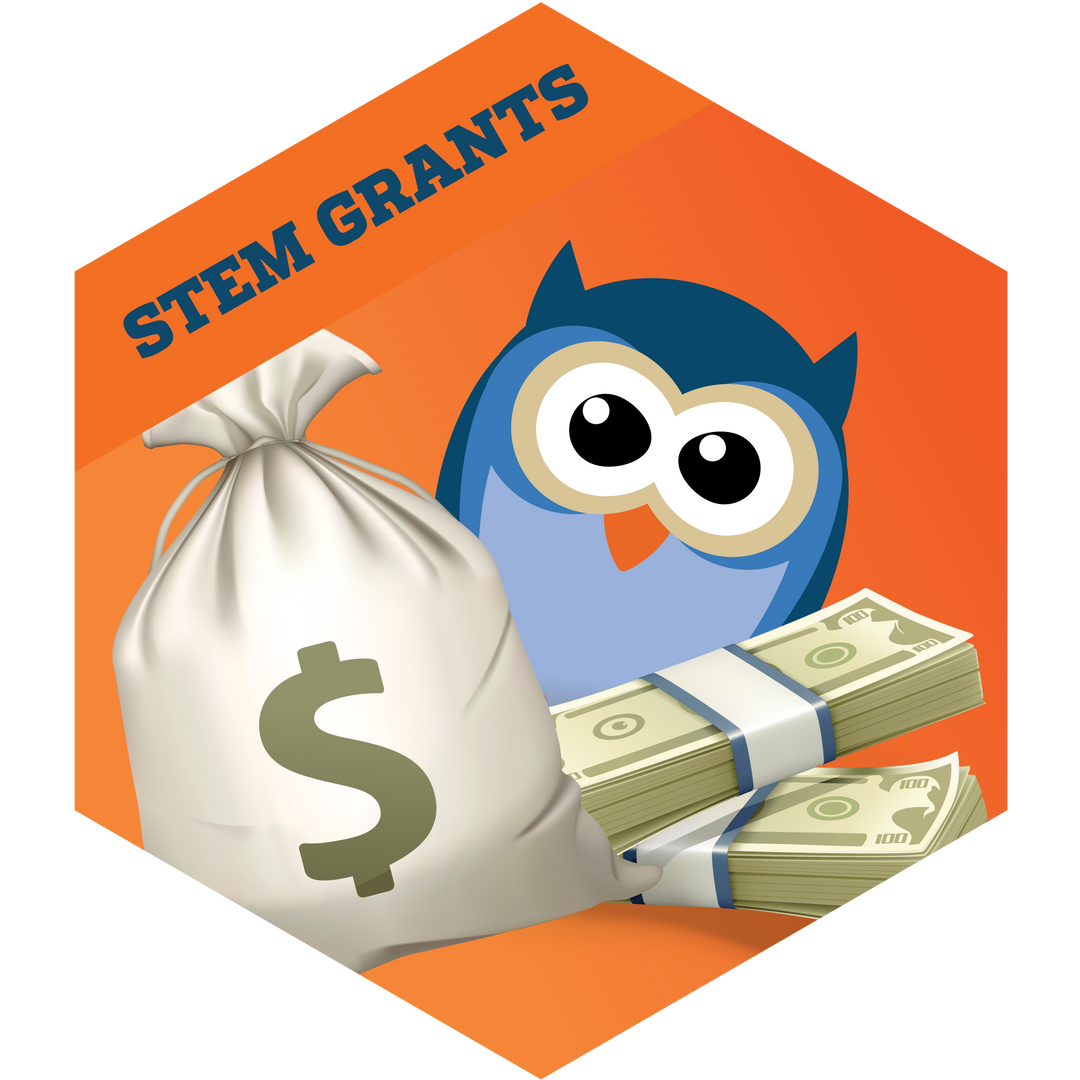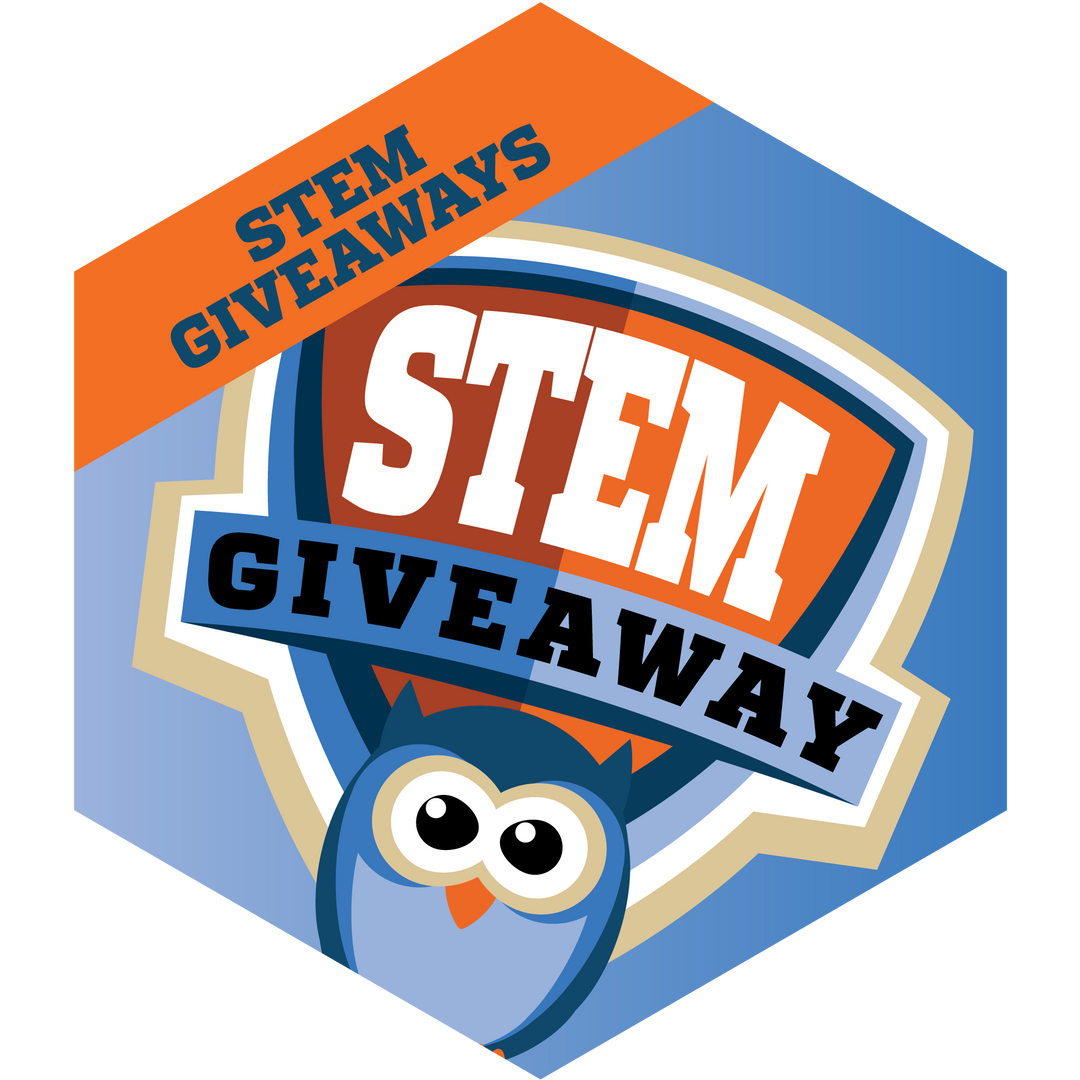2024 STEM Choice Awards Editor's Math Choice
STEM Choice Awards—Editor’s Choice— Mathematics
Beautiful October: the weather is cooling, the leaves are falling, and students are settling into the rhythm of the school year. It’s the season of change, and although foundational math principles haven’t changed for a few hundred years, the tools to learn them certainly have! Join me in a quick exploration of my personal favorite math education products that are bound to engage learners of all ages and build a positive association between curiosity and mathematics.
 Best Elementary Math Product: Mango 15 Card Games (Addition, Subtraction, & Place Value)
Best Elementary Math Product: Mango 15 Card Games (Addition, Subtraction, & Place Value)
Mango Math has created a vibrant deck of math cards that can be used to play 15 different card games involving early elementary math skills like addition, subtraction, and place value. Most games are playable in under 15 minutes with up to four players!
What I Love
There is so much to love about these cards! The decks are affordable enough to purchase a classroom set, and they’re perfect for warmups, math stations, “rewards” for finishing early, and review. The real value is in the carefully designed game instructions (each game is printed on its own “rules” card) and intentional card design (no face cards in this deck to confuse young learners). Best of all: it doesn’t involve a screen.
What I’d Change:
The majority of the games in this deck can be played with a standard deck of cards and a few basic classroom materials such as pencils and paper. Adding in more unique card types and deeper games would be a plus!
Who is it for?
Mango 15 is for elementary school teachers, math interventionists, parents, and elementary students! It’s perfect for use in the classroom and at home to sneak in some extra math practice, not to mention the interpersonal skills developed through playing games with others. Mango also offers another set of 15 games focused on multiplication, division, and fractions, so be sure to check that out for mid to late elementary school students!
 Best Middle School Math Product: Strawbees STEAM Starter Kit
Best Middle School Math Product: Strawbees STEAM Starter Kit
An ingenious collection of connectors that transforms the average drinking straw into a geometric engineering marvel. Use the Strawbees connectors and included straws (or use your own straws!) to build 2D and 3D shapes, buildings, mechanisms, and works of art.
What I Love
Strawbees breathe physical life into introductory geometry principles such as angles, surface area, volume, perimeter, and area. The science and engineering connections are even more plentiful: build simple machines, recreate famous architectural works, and prototype invention ideas through the design process. Plus, there is an obvious nod to sustainability and upcycling, as you can use your own straws with these connectors.
What I’d Change:
If I have to nitpick, I suppose the price point for a box of straws and connectors could raise some eyebrows. However, they’re a much more affordable option compared to other building materials, such as Lego and Kinex, so I’d say Strawbees are well worth the cost.
Who is it for?
Although Strawbees receives my top vote for middle school aged students, I’d recommend them to anyone from elementary to adult. Science classrooms, makerspaces, playrooms, after school programs, libraries… they’re just so approachable, and within minutes anyone can create a structure that they’re proud of.
 Best High School Math Product: DataBot 2.0
Best High School Math Product: DataBot 2.0
DataBot 2.0 is a handheld, wireless device that is filled with sensors. It can detect brightness, acceleration, sound, altitude and more! Science and Engineering truly bring Mathematics to life, which is why DataBot 2.0 is my top pick for High School.
What I Love
DataBot 2.0 connects to a free mobile App, Vizeey, and can immediately begin tracking and graphing data through its array of sensors. It’s truly a dream for science teachers, but can be equally useful in the math classroom to bring real world connections to data collection, statistics, graphing, and even introductory calculus concepts. I love products that “break” subjects out of their box, and DataBot 2.0 clearly demonstrates the connection between Math, Science, and Engineering.
What I’d Change:
Students do have to use their phones with the Vizeey app to use the device, and phones in the classroom can lead to more distractions than data collection. It’s also a bit expensive given its specific use case.
Who is it for?
Algebra, Algebra 2, Trigonometry, Calculus, and Physics teachers! DataBot 2.0 is perfect for labs and projects: when teaching students about reading distance vs. time graphs, have them collect the data themselves and then engage with the numbers they collected!
 Best Cross Curricular Math Product: Cricut Explore 3
Best Cross Curricular Math Product: Cricut Explore 3
Why is a vinyl cutter listed as a math product, you ask? Well, the Cricut Explore 3 allows students to design and cut custom stickers, graphics, stencils, and decals to precise perimeters and areas. It empowers students to create a product that they can optimize, market, and sell, while calculating their cost, profit, and revenue. It’s an all-in-one entrepreneurship makerspace machine!
What I Love
The most engaging math class I ever taught combined algebra with entrepreneurship. My students and I owned and operated our very own T-Shirt production business right in the school, and the Cricut Vinyl Cutter was at the heart of the operation. Students marketed our services, processed orders, created custom graphic designs, manufactured the T-Shirts, and delivered them to our customers, all while making sure our business was sustainable and profitable. Now that is real world math experience.
What I’d Change:
Cricut’s Design Space software is easy and user friendly, but fairly simple. You and your students may eventually outgrow its capabilities and set your sights on a more industrial grade vinyl cutter. However, it serves as a great introduction to plotter/vinyl cutting software.
Who is it for?
Algebra, Algebra 2, Makerspace, and Entrepreneurship teachers that want to bring math to life through the design and manufacturing of real products. Cricut also plans to host a variety of lesson plans and activity ideas for different grade levels and subjects, so the target audience will continue to grow!
 Most Innovative: GamerMath by Mastery Coding
Most Innovative: GamerMath by Mastery Coding
The best educational content meets students where they’re at. It leans into topics they already find engaging. GamerMath delivers on both fronts by teaching students key math concepts through their application in modern video games such as Madden MarioKart, and Pokemon.
What I Love
GamerMath includes over 30 hours of video-game themed math content for both elementary school and middle school students. Each lesson focuses on a specific video game with real footage and examples, such as studying the intersection of lines in Madden. Additionally, each lesson includes an engaging instructional video, quiz, and assignment.
What I’d Change:
Currently, GamerMath’s content can only be accessed through Mastery Coding’s learning management system. Although their platform is single-sign-on compatible, it does introduce one more website that students need to access.
Who is it for?
GamerMath could fit seamlessly into any elementary or middle school math classroom. It does not act as a “core curriculum”, but rather a supplemental resource that shows students real and engaging applications of concepts they just learned. I would recommend using Gamer Math on Fridays as an exciting review of a math topic we learned earlier, or as an immediate answer to the classic “why does this matter?” question!
 Most Accessible: Tovertafel Interactive Projector System
Most Accessible: Tovertafel Interactive Projector System
Tovertafel has created a projector with visuals that are responsive to your movements. Designed for SPED students and elderly dementia patients, this interactive projector shows promise in engaging a wide variety of students, regardless of ability level.
What I Love
This product is innovative, and when you first see it in action, truly awe inspiring. Flick on the projector and turn a table into a forest floor, covered with leaves that scatter as you move your hand across. Count and move objects, point to interactive equations, and more!
What I’d Change:
This system is fairly expensive, and does require an involved installation of mounting it to the ceiling. Additionally, it works best in rooms with low light.
Who is it for?
This product excels in a SPED or math intervention environment, used to bring abstract math concepts to life through “purposeful play”. As the technology advances and becomes more affordable, perhaps interactive projectors usurp the current territory that SmartBoards and Promethean boards occupy.
I had the pleasure of seeing this projector in action at Ryan House, a pediatric respite care center in Arizona that hosts children with varying degrees of mobility and motor skill control. It’s truly a home-run product for this scenario and is used every single day with the kids.
Meet the STEM Editor
Joe Ryan is a Mechanical Engineer, Certified Math and Physics Teacher, Makerspace Educator, and Director of STEM Education at The Reimagined Classroom. He has authored thousands of cutting-edge lessons in disciplines such as robotics, artificial intelligence, and creative problem solving. He strives to bring equitable opportunities to K-12 STEM education through playful emerging technology courses, empowering professional development workshops, and state-of-the-art app development. In his words: “I believe every person has the ability to create something beautiful, helpful, or both: we just need the creative confidence to realize it.”
For this awards series, Joe has been contracted by STEMFinity to test and provide honest feedback on a variety of products.











